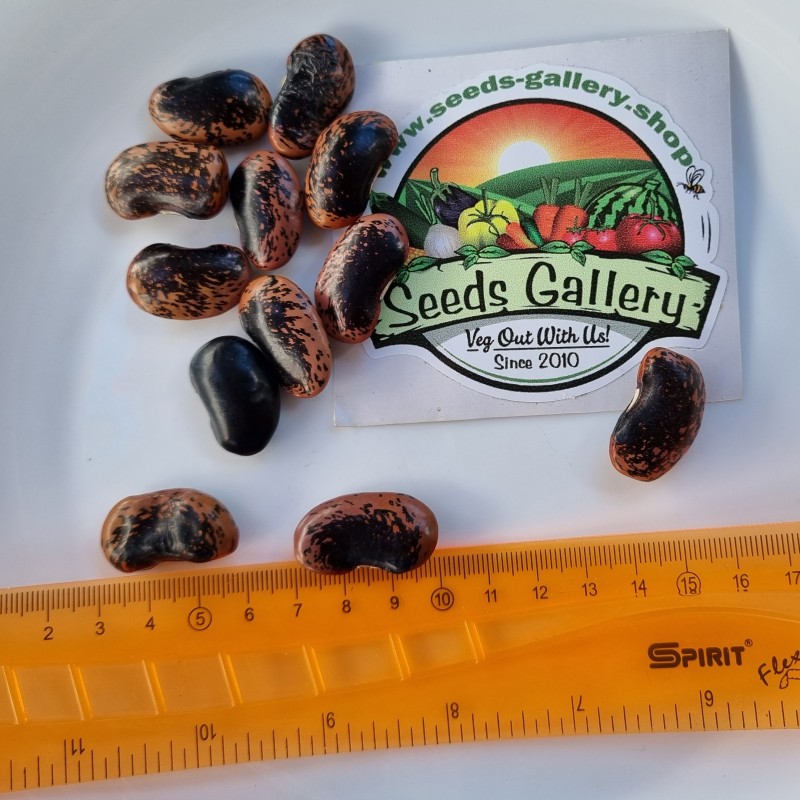
Giant plant (with giant fruits)

Variety from Greece







Traditionally, gigandes plaki are served as a meze alongside other side dishes. However, this dish is filling enough to be eaten for lunch. This hearty meze is popular during the cold fall and winter months. As with many Greek dishes, bread is used to dip into the tomato sauce drippings.
Data sheet

 Reviews (0)
Reviews (0)